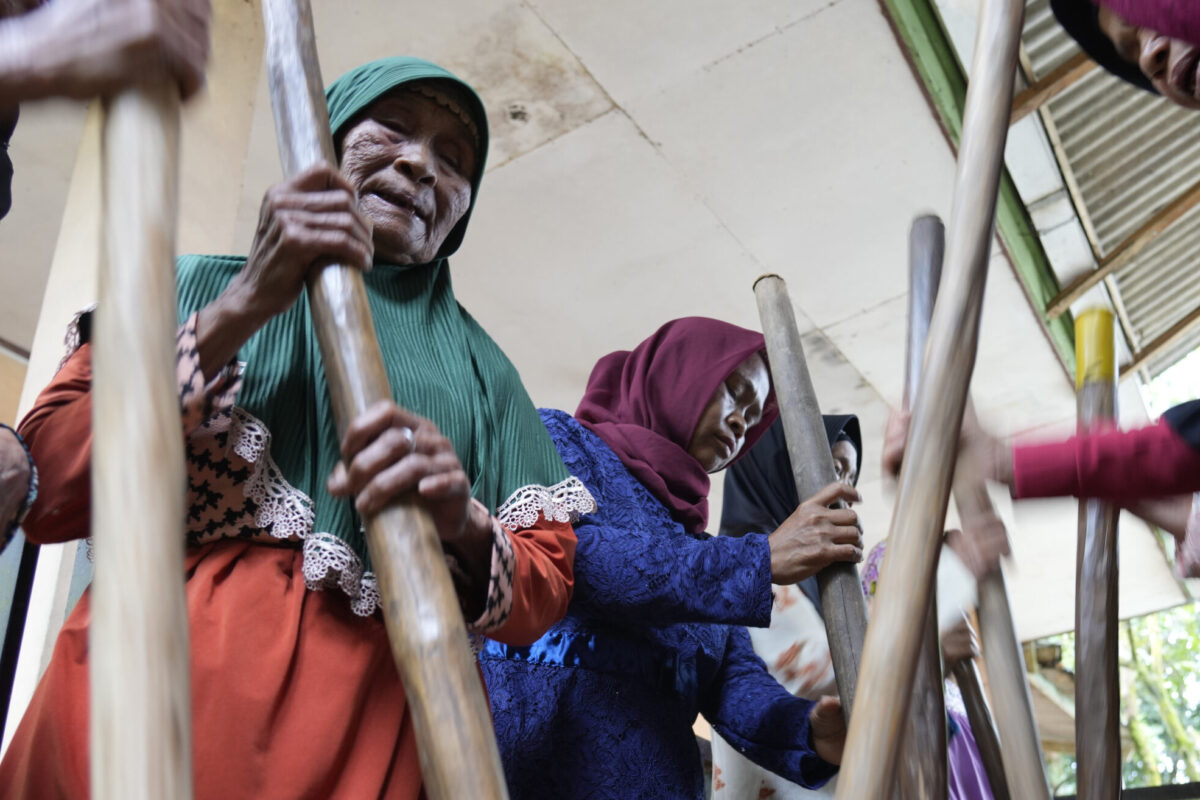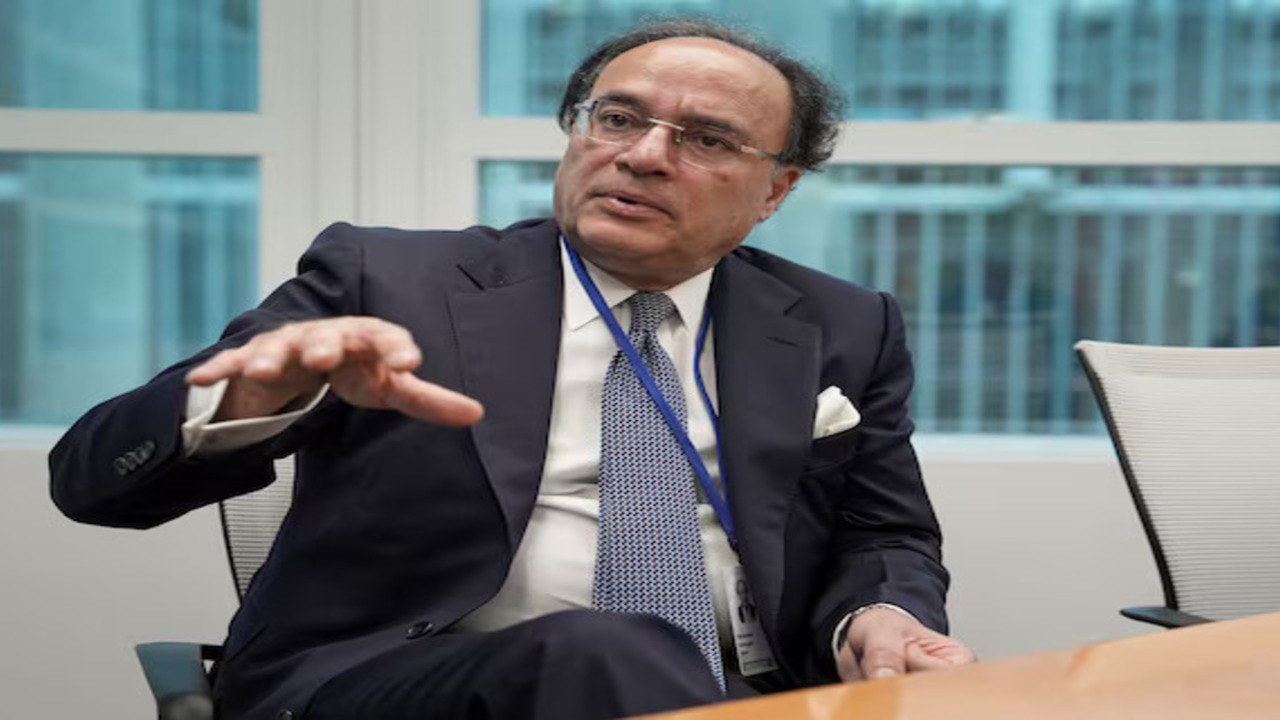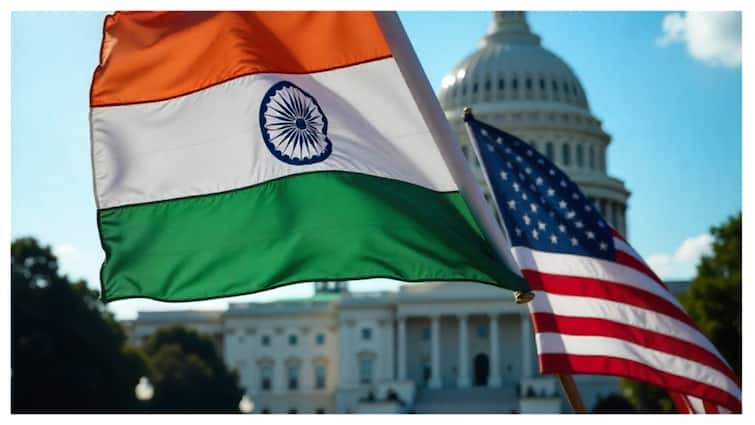Empowering Indigenous Communities: How the Dedicated Grant Mechanism is Revolutionising Climate Finance in Australia and Beyond

A Quiet Revolution in Climate Finance
For over a decade, a remarkable funding model has been quietly achieving what many large-scale climate finance initiatives have struggled with: directly channeling resources to Indigenous peoples and local communities. This model, known as the Dedicated Grant Mechanism (DGM), represents a paradigm shift in how we approach climate action, prioritizing those who are often most impacted by climate change and possess invaluable traditional knowledge.
The Origins and Purpose of the DGM
Established in 2010 by the Climate Investment Fund (CIF), the DGM was specifically designed to facilitate the meaningful involvement of Indigenous peoples and local communities in forest conservation and sustainable management. It recognizes that these communities are not just stakeholders, but vital custodians of our planet's natural resources, holding centuries of knowledge about ecosystems and sustainable practices.
How the DGM Works – Putting Communities in Control
Unlike traditional funding models that often involve complex bureaucratic processes and intermediaries, the DGM empowers communities to directly design, implement, and monitor their own climate action projects. This grassroots approach ensures that funding is aligned with local needs and priorities. Here’s how it typically works:
- Community-Led Proposals: Communities identify their own conservation and sustainable development challenges and develop project proposals based on their traditional knowledge and local context.
- Direct Funding: The DGM provides grants directly to community organizations, bypassing lengthy approval processes and reducing administrative overhead.
- Capacity Building: The DGM also offers training and technical assistance to strengthen the capacity of community organizations to manage projects effectively.
- Monitoring and Evaluation: Communities are responsible for monitoring and evaluating the impact of their projects, ensuring accountability and learning from experience.
Success Stories and Global Impact
The DGM has achieved significant success in various regions around the world. From supporting sustainable forestry practices in Papua New Guinea to promoting community-based ecotourism in Nepal, the DGM has demonstrated the power of empowering local communities to protect their natural resources. In Australia, the potential for similar initiatives to support Indigenous-led conservation efforts is immense, particularly in areas facing threats from deforestation, bushfires, and climate change.
Why the DGM Matters – A More Equitable and Effective Approach
The DGM offers a compelling alternative to traditional climate finance models. By prioritizing community ownership and control, it fosters greater transparency, accountability, and effectiveness. It also recognizes the inherent rights of Indigenous peoples and local communities to self-determination and benefit from the conservation of their ancestral lands. As we strive to address the global climate crisis, the DGM provides a valuable blueprint for creating a more equitable and sustainable future – one where local communities are at the forefront of climate action.
Looking Ahead – Scaling Up the DGM Model
While the DGM has achieved remarkable results, there is a need to scale up this model and replicate its success in other regions. Increased investment in capacity building, strengthened partnerships with governments and civil society organizations, and a greater focus on documenting and sharing best practices are essential for maximizing the impact of the DGM and ensuring that it continues to empower Indigenous peoples and local communities in the fight against climate change.






